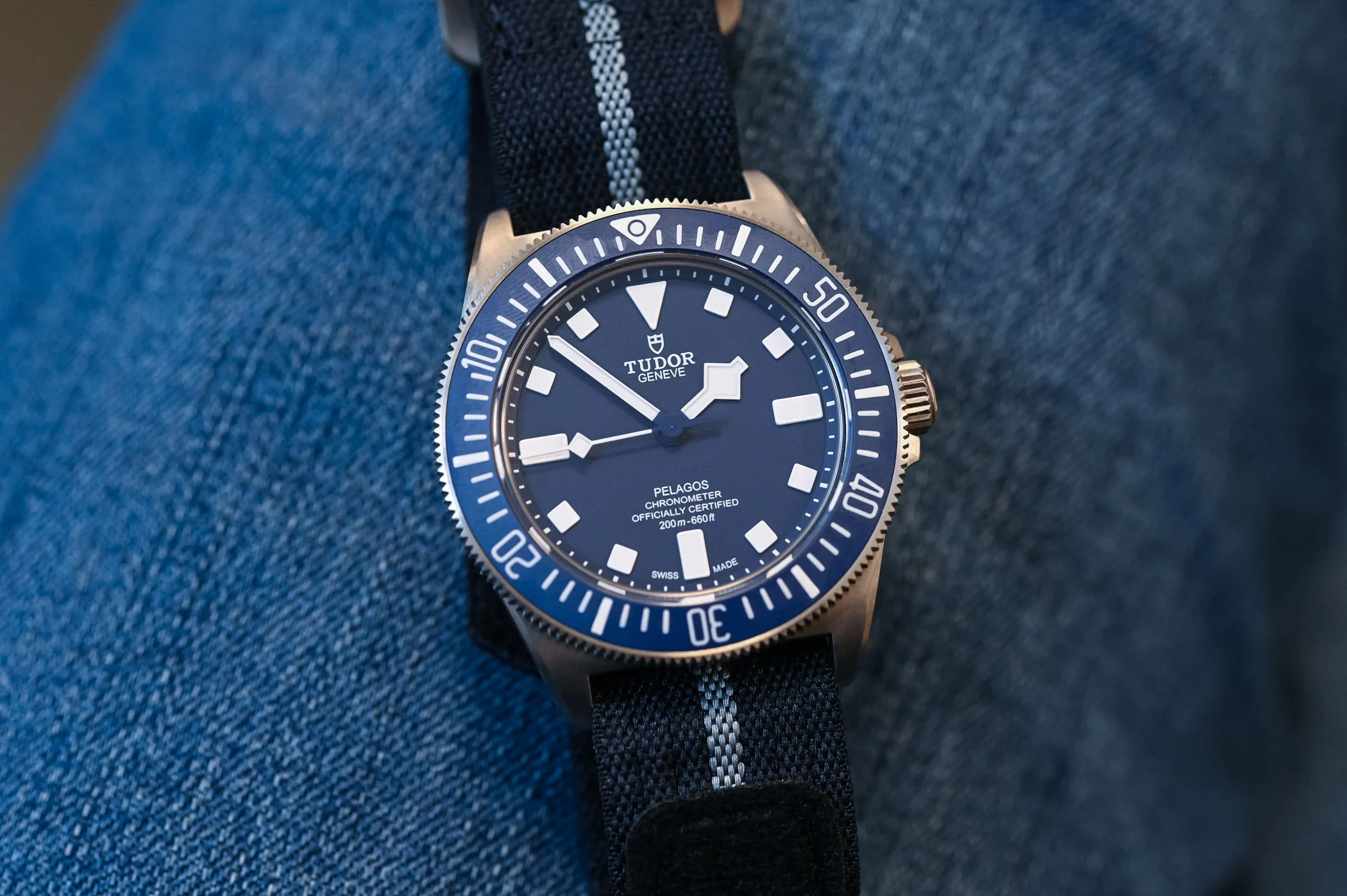
Introduction
Diving watches have long been revered for their robust construction, water resistance, and sophisticated features that cater to the needs of divers and watch enthusiasts alike. From their origins as essential tools for underwater exploration to their modern status as stylish, functional timepieces, diving watches continue to captivate individuals with their blend of form and function. In this comprehensive guide, we will delve into the key characteristics, features, and considerations associated with diving watches, offering insight into their design, technology, and appeal.
History and Evolution:
The history of diving watches dates back to the early 20th century when pioneering watchmakers sought to create timepieces capable of withstanding the rigors of deep-sea exploration. Brands such as Rolex, Omega, and Blancpain played pivotal roles in developing the first generation of diving watches, setting the stage for the evolution of this specialized category of timepieces. Over the decades, diving watches evolved from utilitarian instruments to symbols of adventure and precision engineering, gaining popularity among both professional divers and recreational enthusiasts.
Key Characteristics:
Diving watches are characterized by several defining features that set them apart from standard timepieces. These include:
- Water Resistance: Diving watches are engineered to withstand high water pressure and depths that exceed those encountered during recreational diving. They typically offer water resistance of at least 200 meters (660 feet) or more, with some models designed for professional use reaching depths of 1,000 meters (3,300 feet) or beyond.
- Rotating Bezel: A unidirectional rotating bezel with minute markings is a fundamental feature of diving watches. This bezel allows divers to track elapsed time underwater, serving as a crucial tool for monitoring dive durations and decompression stops.
- Luminescent Markings: Legible, luminescent markers and hands ensure optimal visibility in low-light underwater environments. High-contrast dials and luminous materials such as Super-LumiNova or Tritium provide enhanced readability in murky conditions.
- Screw-Down Crown: To maintain water resistance, diving watches are equipped with screw-down crowns that form a watertight seal when fully secured. This feature prevents water ingress and safeguards the watch’s internal mechanisms.
- Durable Construction: Diving watches are constructed from robust materials such as stainless steel, titanium, or ceramic to withstand the demands of diving activities. Additionally, they feature shock-resistant and anti-magnetic properties to ensure reliability in challenging environments.
Technological Advancements:
In recent years, technological advancements have expanded the capabilities of diving watches, introducing innovative features and materials to enhance performance and functionality. Notable developments include:
- Helium Release Valve: Some diving watches incorporate helium release valves to accommodate professional saturation divers who operate in pressurized environments for extended periods. The valve allows accumulated helium to escape from the watch during decompression, preventing potential damage to the timepiece.
- Depth Gauges: Advanced diving watches may integrate depth gauge functions, either as analog displays on the dial or as electronic sensors, providing real-time depth readings during dives.
- Magnetic Resistance: With the prevalence of magnetic fields in modern environments, many this now incorporate anti-magnetic components to mitigate the effects of magnetic interference on timekeeping accuracy.
- Strap Extensions: Adjustable strap extensions or quick-adjust systems enable divers to wear their watches over wetsuits, ensuring a secure and comfortable fit during underwater excursions.
Choosing a Diving Watch:
When selecting a diving watch, several factors should be considered to ensure that the chosen timepiece aligns with individual preferences and intended usage. These factors include water resistance rating, movement type (mechanical or quartz), size and weight, legibility, and overall design aesthetic. Additionally, factors such as strap options, diving-specific complications, and brand reputation can influence the decision-making process.
In conclusion
It represent a captivating fusion of heritage, innovation, and purpose-driven design. Whether embraced as reliable tools for underwater exploration or appreciated for their timeless style and technical prowess, It continue to embody the spirit of adventure and exemplify the artistry of horology. As advancements in materials and technology propel the evolution of this, these timepieces remain steadfast in their ability to accompany wearers on aquatic endeavors, while also making a distinct statement as versatile and enduring accessories.